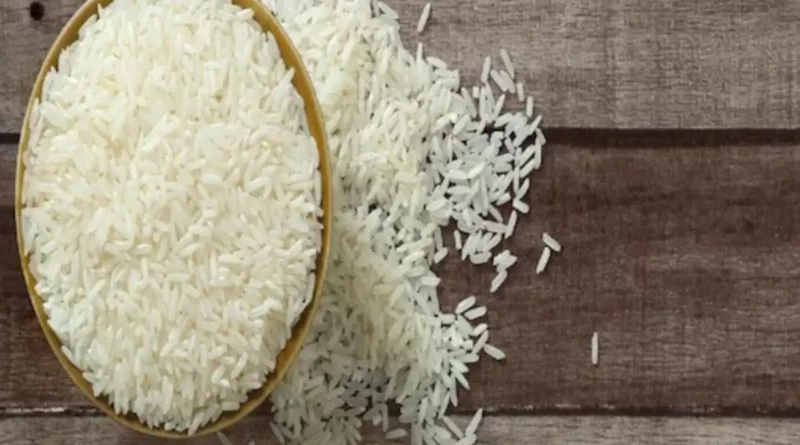Yellow peas, ready-to-cook rice remain key ingredients in India’s food price battle.
By Gireesh Chandra Prasad
As part of its continuing efforts to cool food prices, India has extended duty-free import of yellow peas by a month up to the end of April, and extended the 20% export duty on parboiled rice, or partially boiled rice, beyond 1 April.
The Central Board of Indirect Taxes and Customs (CBIC) said in an order on Thursday that the final date for the export duty on parboiled rice, which was set earlier for the end of March, has been removed.
Accordingly, the 20% export duty on parboiled rice will continue to be in force beyond March. The end date has been previously extended from 15 October to 31 March.
Import of yellow pea without any basic customs duty and agriculture and infrastructure development cess was previously allowed from 8 December up to 31 March. CBIC in its latest order said this benefit will be available so long as the “bill of lading is issued on or before 30 day of April, 2024,” effectively extending the benefit by a month.
“This decision aims to bolster the availability of yellow peas and mitigate inflationary pressures,” said Rajat Mohan, executive director at accounting and advisory firm MOORE Singhi.
“Initially, the government had enforced substantial customs duties and instituted a minimum import price in 2019 to regulate imports and safeguard the interests of domestic farmers, resulting in a significant reduction in imports,” he said. “However, recognizing the necessity to address pricing concerns and potential supply shortages, the removal of customs duties has been enacted, facilitating increased immediate imports of yellow peas.”
India has not hesitated in using trade-related measures to cool domestic inflation. The government has also offloaded onion, pulses and rice at subsidised prices into the market to help cool retail food prices.
Consumer food price inflation was at 8.3% in January, slower than 9.53% in December but sharply above the 6% seen in January 2023, as per data available from the statistics ministry.
Prices of pulses and products increased 19.54% in January, while that of cereals rose 7.83%.
A lot of the blame for food price inflation falls on erratic monsoon rains, which has put pressure on farm output. The statistics ministry estimates farm output growth of 1.8% for the ongoing fiscal year, down from a 4% growth in FY23.
The finance ministry said in its monthly economic review for January that rabi sowing area (for winter crops harvested in spring) this year up to 2 February was comparable to the level seen in the year before. Rainfall, reservoir water level, and kharif output, however, were at lower levels from the year before.
On 8 February, the Reserve Bank of India said in its monetary policy statement that agricultural activity was holding up well despite lower rainfall, lower reservoir levels, and delayed sowing. Rabi sowing has surpassed last year’s level as well as the normal acreage, the central bank said.
This article has been republished from The Livemint.

